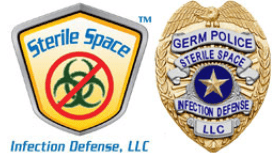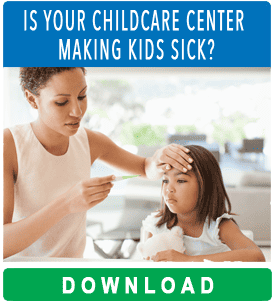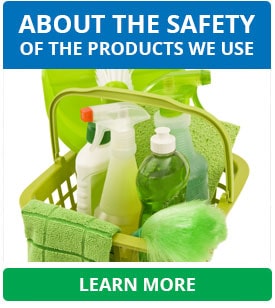While it is normal for kids to be less than enthusiastic about their personal hygiene, it is important to help them understand the fundamentals of preventing germs with proper sanitation procedures. The Centers for Disease Control and Prevention emphasizes the significance of maintaining healthy hygiene, particularly throughout cold and flu season.
With the right techniques, teaching kids about germs, prevention, and how to follow proper hygiene procedures at school and at home can become a fun process for all involved. Look at the following tips to help children learn the appropriate ways to stay sanitary and healthy.
Wash Your Own Hands
Children learn from a genuine example, so be sure to wash your hands in front of your child not only to demonstrate the correct hand-washing methods but to emphasize the importance of completing the task itself.
Discuss When and Why
Make a point to sit down with your child to explain when to wash hands and the importance of doing so. You may have reminded your children 100,000 times to wash their hands before eating or after they use the restroom, but, sometimes the formal act of a family meeting can ensure they are getting the message. Talk about how proper hygiene can help eliminate germs that cause illnesses.
Ensure They Can Reach Your Sink
If your sink is too high for your child to reach, purchase a non-slip stepstool so he or she can access the faucet and wash up.
Don’t forget to be sure the soap is within your child’s reach as well.
Glitter Hands
Some children merely rinse their hands underwater rather than washing them with soap for 15 to 20 seconds as recommended. Encourage your child to wash their hands as suggested by putting a tiny bit of glitter onto their hands and inviting them to wash it off with soap and water. Since glitter is adhesive, it will take your child approximately 20 to 30 seconds to remove it. Going forward, tell your child to use this experience as an example of how to wash his or her hands every time.
Matching Game
Invent a matching game to teach children about the variety of personal hygiene tools and show them what body part to apply them on. Create a set of cards with pictures of soap, mouthwash, toothbrush, shampoo, and other personal hygiene products, and then create another set of cards with the corresponding body parts. Present the game to your kids and have them attempt to connect each tool with the right body part.
A good habit, bad habit sorting game can further their understanding of good and bad practices. Write 10 good hygiene practices out on different pieces of paper, such as brushing twice a day, flossing, washing your hands for 20 to 30 seconds, and covering your mouth when sneezing or coughing, and do the same for 10 bad hygiene practices. Fold them all up and drop them into a basket for kids to pick from. As they unfold the papers one by one, invite them to decide if whether the picture represents a good or bad hygiene practice.
The importance of teaching your children proper hygiene habits can protect not just them from illnesses, but the entire family.
Additional Resources:
https://www.care.com/c/stories/4211/teaching-about-germs-for-kids-making-it-fun/
https://www.verywellfamily.com/teaching-handwashing-to-preschoolers-2764856
https://www.livestrong.com/article/104096-games-teach-kids-personal-hygiene/
https://symptoms.webmd.com/cold-flu-map/teach-kids-avoid-cold-flu
https://www.teachstarter.com/blog/tips-to-reduce-germs-in-the-classroom/




